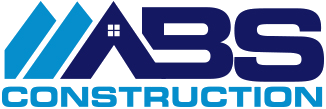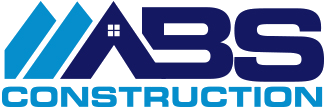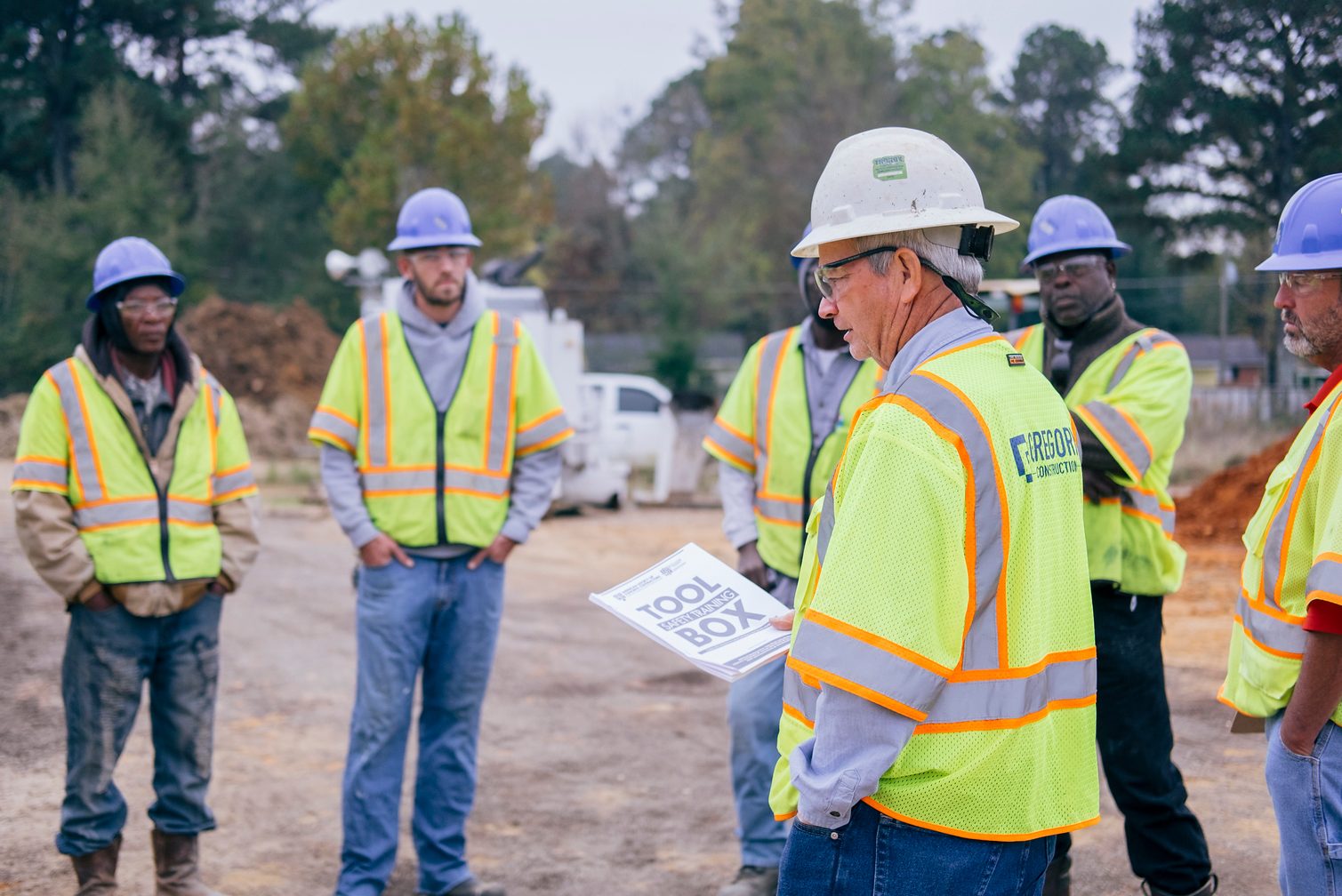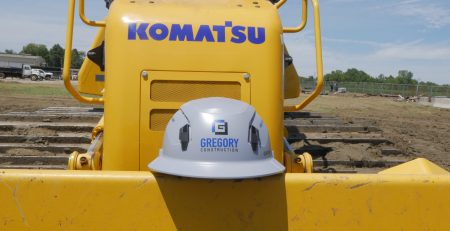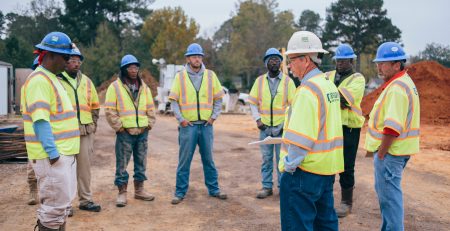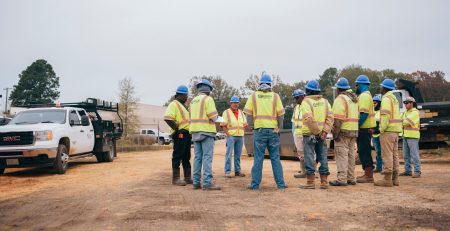The Most Common Hazards in Construction & How to Avoid Them
Construction workers don’t wear hard hats for nothing.
Construction is a dangerous job with 79,660 nonfatal injuries and 1,102 fatal injuries in 2019. Falls account for the largest number of deaths in construction (36.4% in 2019) with struck-by incidents, electrocutions, and caught-in/between incidents being the next three most prevalent.
At Gregory Construction, those numbers really concern us, because we know that all construction work can be done safely if we follow the proper procedures and mitigate risk. That’s why this month we decided to share our top tips for identifying and avoiding hazards in construction.
Hazards that Construction Workers Face Each Day
Before sharing our top tips, it’s important to understand the types of hazards that construction workers face each day. Here are the top hazards in construction:
Slips, Trips, Falls
Caught-in and Struck-by
Excavation Cave-ins
Working Around Heavy Equipment
Striking Existing Utilities (Electrocution)
Access and Egress
Workplace Violence
Top Tips:
Look for red flags in the field
A Rushed Atmosphere
We all want production and efficiency, but if work is rushed beyond reason, the risk of an accident rises. A sign of a rushed atmosphere is when the site is messy, disorganized, or chaotic.
Improper or Missing Tools
Workers face a higher risk of injury when asked to use outdated tools and/or machinery in poor condition. Be aware of missing components, damage, or defects that could compromise the safe operation of your equipment. Ensure all equipment inspections are done thoroughly and per company policy.
Exposed or Overhead Wires
Issues like exposed or overhead wires can increase the risk of fires, shock, and other potential catastrophes if not mitigated properly. It’s important to check your work site every day and ensure safe conditions prior to starting work.
A Lack of PPE
Proper personal protective equipment should be used at all times, including but not limited to a helmet, high-visibility vest, proper safety glasses, steel-toed boots, and gloves. For certain instances, you may also need goggles, a harness, a particulate respirator, ear muffs, or other equipment. If the amount of PPE varies across a work site, it’s a red flag that workers may not be following proper safety measures.
Not Using Spotters
Workers should use extreme caution when approaching heavy equipment. Operators should use spotters where necessary to ensure the safety of coworkers and others on the project site.
Inappropriate or Aggressive Behavior Among Workers
When it comes to workplace violence, it is the third highest leading cause of fatal occupational injuries. For more information about how to deal with workplace violence, check out our blog here. A cohesive team that has each other’s backs in the field is more likely to avoid safety hazards.
What are some ways that workers can avoid hazards?
Some obvious and well-known ways that construction workers prevent hazards include wearing proper PPE, participating in stretch and flex before work, communicating clearly with teammates, and following basic safety principles.
Additionally, a willing, positive attitude toward safety will help make a safer work environment. Your company culture and your core values greatly affect your team members’ engagement and behavior toward one another.
Also, putting reliable people in charge to lead a project on-site helps give a team direction and a sense of purpose. A good leader repeats necessary instructions and advice on a daily basis and holds their team accountable to a higher standard.
Each project brings its own set of safety concerns, so it’s important to make a new plan for each new project. A good plan goes a long way when it comes to providing the proper tools and equipment, the right PPE, proper risk mitigation, and a reasonable timeline. It will help a team feel prepared, avoid rushing, and allow them to do their best work.
What are some steps for reacting to possibly unsafe conditions?
The number one place to stop unsafe conditions is directly in the field with workers. Learn to empower your workforce to exercise Stop Work Authority which the National Safety Council defines as “a tool to stop work once an unsafe act has been identified that needs addressing.” Empowering your team cuts out the middleman and makes safety hazards more quickly identifiable.
Another way to react to unsafe conditions is to utilize regular audits. Auditing helps your team identify chronic problems or mistakes so that you may prepare new methods and processes. It also helps you understand what tools or behaviors tend to be frequent culprits for hazards and create more safety rules around them.
How often should you have a safety huddle?
We encourage everyone to have a safety huddle every single day. At Gregory Construction, we conduct daily meetings to discuss job steps, hazards, and different safety measures.
Safety and communication go hand-in-hand, and a daily safety huddle allows for daily communication. One of the best ways to improve your communication cross-functionally is to repeat helpful tips, listen to your workers about what’s going well and what needs to be improved, and share key performance indicators. Setting KPIs gives your team a goal to work toward each day to reduce things like the recordable incident rate, near-hits, and first-aid cases.
Not only so, but a daily safety huddle shows your team that you care about their safety. Your concern and leadership sets the tone for your team, and it goes a long way.
Answering Civil and Concrete Challenges with Expert Solutions
Partner with Gregory Construction and experience big-company capabilities with a small-company response and service. Valuing strong relationships over short-term profit and built to work wherever you need us, you’ll receive expert solutions to complex problems.
Are you looking for a construction company that cares about safety and excellence? Give us a call.
